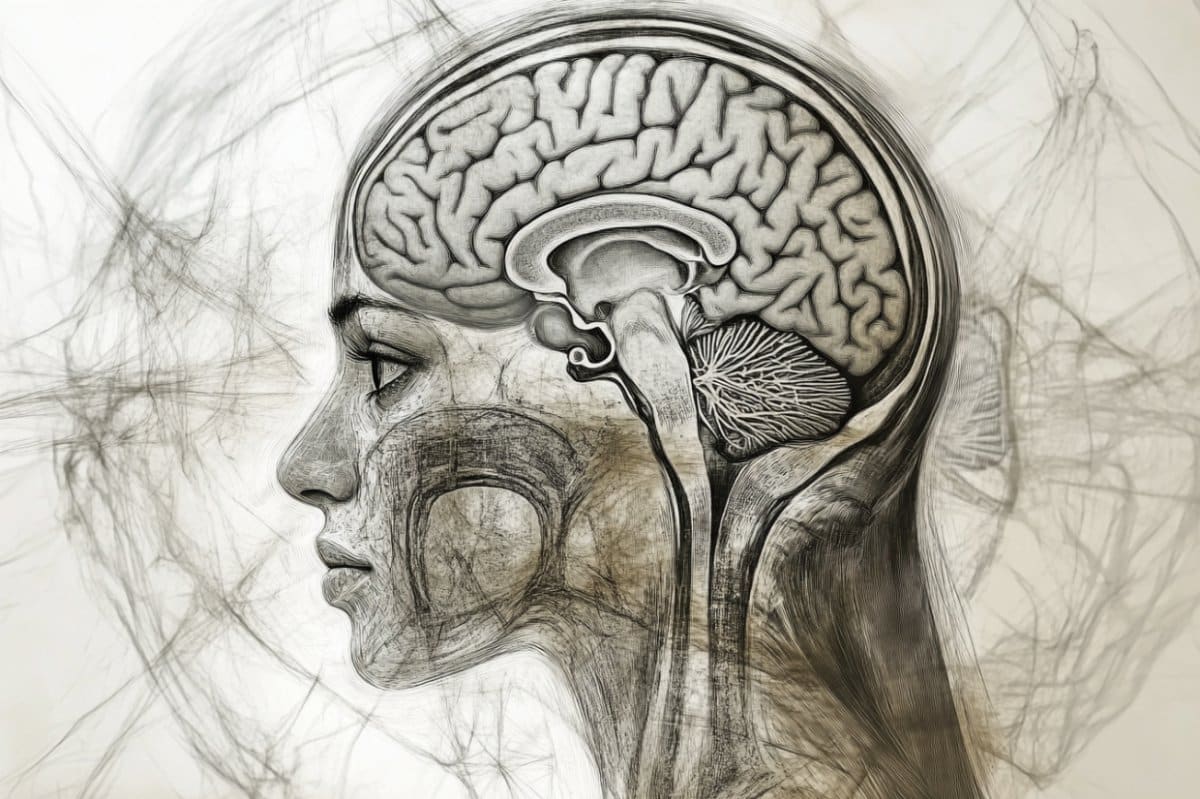Unlocking the Power of Dopamine in Overcoming Fear
The Role of Dopamine in Fear Extinction
Dopamine, often associated with pleasure and reward, plays a surprising role in mitigating fear responses. A study conducted by leading neuroscientists highlights how this neurotransmitter aids in modifying the brain's fear circuits. By activating certain neurons within the amygdala, dopamine supports the process of fear extinction, offering insights into new therapeutic approaches.
Understanding the Amygdala's Functionality
The amygdala, an almond-shaped cluster in the brain, is pivotal in processing emotions, particularly fear. It is involved in encoding and storing emotional responses. By introducing dopamine along a specific circuit, researchers observed a measurable decrease in conditioned fear responses, suggesting the potential to 'retrain' the brain.

Implications for Anxiety and PTSD Treatment
Current treatments for anxiety disorders and PTSD often include therapy and medication, which aim to manage symptoms rather than resolve underlying fears. This dopamine-centric approach suggests a new direction, where fear can be systematically extinguished. As Dr. Jane Thompson, a renowned neuropsychologist noted, "The ability to harness our brain's natural reward systems to target and eliminate fear is a promising frontier for mental health."
"The ability to harness our brain's natural reward systems to target and eliminate fear is a promising frontier for mental health." - Dr. Jane Thompson
Potential Challenges and Future Research
While encouraging, the findings also present challenges. The complexity of neurotransmitter interactions means that further research is crucial to understanding the precise mechanisms and potential side effects. Future research may focus on combining dopamine therapies with existing treatment protocols.
Practical Applications Beyond Clinical Settings
- Enhancing exposure therapy effectiveness for phobia treatments.
- Integrating with cognitive-behavioral therapy (CBT) for improved outcomes.
- Developing personalized medicine approaches based on individual neurotransmitter profiles.
Incorporating dopamine's potential into therapeutic settings might alter how we perceive and handle fear-based conditions, revolutionizing mental health treatment worldwide.
Exploring Further: Resources and Readings
For those interested in delving deeper, recommended readings include "Fear Less: Living Beyond Fear". Additionally, explore related academic papers on ResearchGate and watch insightful content from renowned figures like TED Talks.
In conclusion, this discovery redefines our understanding of fear. By harnessing dopamine's potential, we open up avenues for effectively addressing fear-related disorders, ultimately improving mental health outcomes for countless individuals.
